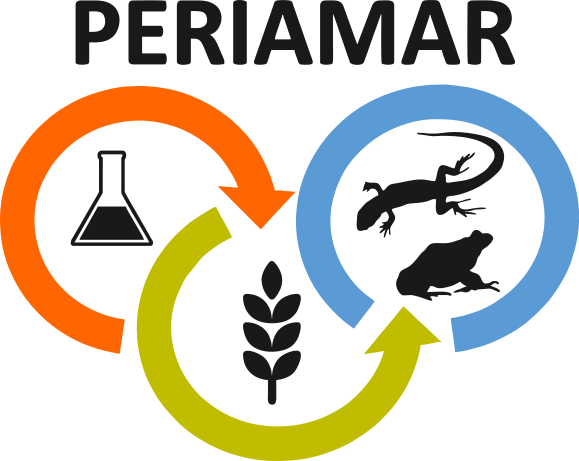 WG2 » Ecosystem-level assessment
WG2 » Ecosystem-level assessment
Intro
WG2. Leader: Miguel A. Carretero.
- Characterise amphibian and reptilian taxa depending on their risk of being affected by pesticides
- Characterise direct and indirect risks posed by pesticides on amphibian and reptilian populations in nature, as a pillar to identify refinement options within the higher tier assessment and effective risk mitigation measures.
- Alexandra Esther
- an martel
- Anamarija Zagar
- Blagovesta Dimitrova
- Cecilia Berg
- Cynthia Munoz
- Dan Cogalniceanu
- Duško Blagojević
- Elena Alonso Garcia
- Enerit Sacdanaku
- Filiz Kaya
- Gianpaolo Montinaro
- Giulia Simbula
- Hana Kubátová-Hiršová
- Ioannis Vogiatzakis
- Isabel Lopes
- Jan Sadowski
- Jan-Dieter Ludwigs
- Jane Ebsen Morthorst
- Jelka Crnobrnja-Isailović
- Judit Vörös
- Katarzyna Kurek
- Laurent Boualit
- Laurentiu Rozylowicz
- Leonardo Vignoli
- Manuel Ortiz
- Marta Biaggini
- Martina Lužnik
- Mathieu Denoël
- Matteo Lattuada
- Mattia Meli
- Miguel A. Carretero
- Neftalí Sillero
- Oksana Nekrasova
- Oliver Körner
- Oren Shelef
- Palma Simoniello
- Paulien Adriaanse
- Peter Vermeiren
- Petros Lymberakis
- Philippe Berny
- Rachel Sharp
- Raluca Bancila
- Rastislav Sabo
- Rosaria Scudiero
- Savvas Zotos
- Simeon Lukanov
- Thijs Schippers
- Valentin Mingo
- Vassilis Litskas
- volkan oral
- Wim Beltman
Tasks
Task 2.1. Agricultural areas as habitats for herpetofauna
Amphibian and reptile distribution within agricultural landscapes in Europe needs to be addressed to characterise the risk of exposure in the environment. A broad-scale analysis should serve to establish the basis upon which assessment of risks at ecosystem level can be built.
Task 2.1. Leader: Neftalí Sillero.
Task 2.2. Spatial behaviour and breeding phenology of amphibians and reptiles in relation to pesticide usage
The probability of an animal being exposed to a pesticide will depend on the overlap between its presence in agricultural fields and period during which pesticide residues appear in those fields. This task will review aspects of amphibian and reptilian spatial behaviour and phenology that influence the susceptibility to exposure, and that could be included as refinement options for realistic exposure characterisation as part of pesticide ERA.
Task 2.2. Leader: Marta Biaggini.
Task 2.3. Characterisation of aquatic scenarios of pesticide exposure
Water bodies in the vicinities of crop fields receive pesticide inputs via spray drift, soil runoff or drainage from neighbour crops. Model scenarios used in ERA to characterise exposure of aquatic organisms to pesticides need to incorporate small-sized water bodies where most amphibian and aquatic reptiles live. This task aims to evaluate the representativeness for amphibians and reptiles of current pond scenarios, and eventually design ad hoc scenarios useful to predict pesticide exposure concentrations for aquatic herpetofauna.
Task 2.3. Leader: Paulien Adriaanse, Wim Beltman.
Task 2.4. Estimating indirect effects of pesticides on amphibian and communities
Toxicity characterisation in current ERA is based on direct effects of chemicals. Populations inhabiting pesticide-impacted areas may suffer also from indirect effects such as reduced food availability, removal of vegetation providing refuge or nesting sites, or alteration of the skin microbiome that plays immunological roles in amphibians. At the population level, indirect effects might be as relevant as direct toxicity, being their characterisation an issue to be possibly considered in ERA of herpetofauna.
Task 2.4. Leader: Miguel A. Carretero.
